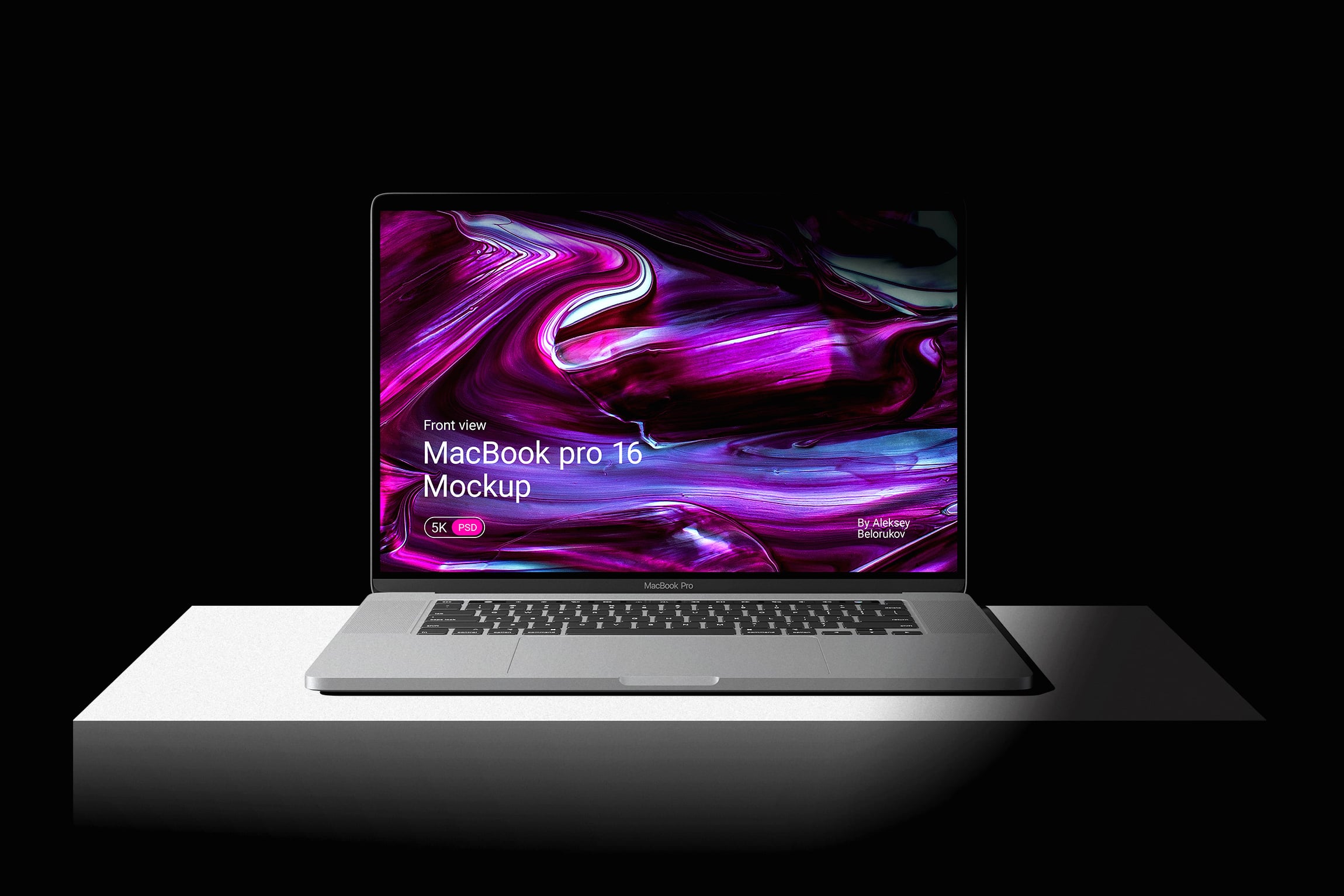How to Design for Conversions, Not Just Looks
A beautiful design can capture attention, but it’s not enough to keep visitors engaged — or to make them take action. Designing for conversions means crafting a user journey that encourages people to sign up, buy, or get in touch.
A beautiful design can capture attention, but it’s not enough to keep visitors engaged — or to make them take action. Designing for conversions means crafting a user journey that encourages people to sign up, buy, or get in touch.
Start by identifying the main action you want users to take. Then, make sure your layout and visual hierarchy guide them toward it. Clear and visible call-to-action buttons, persuasive headlines, and trust signals (such as testimonials, case studies, and client logos) all help build confidence.
Strategic use of color can also improve conversions. For example, a contrasting button color draws the eye and signals where users should click. Meanwhile, consistent placement of CTAs throughout the page reinforces the next step without being pushy.
Ultimately, every design element — from image selection to spacing — should serve a purpose. Good design is not just decoration; it’s a functional tool that drives results.
More Insights
Actionable ideas, expert tips, and design know-how to elevate your digital presence.



